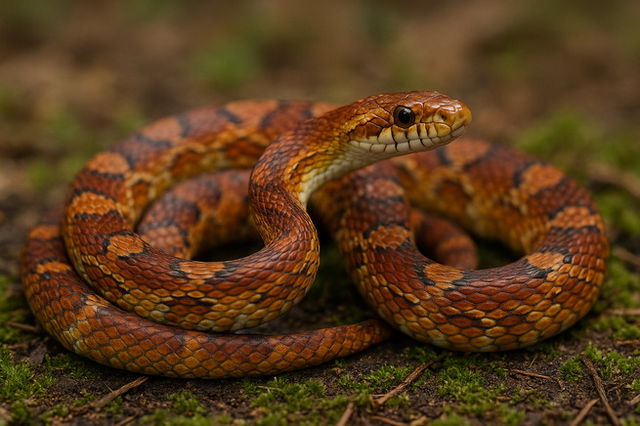World Snake Day, held on July 16, is a day to learn about snakes, their importance in nature, and why they need our protection.
World Snake Day focuses on educating people about the diversity of snake species, their behavior, and the threats they face in the wild.
There are over 3,000 species of snakes found all over the world, ranging from the tiny Barbados thread snake to the massive green anaconda.
Some snakes are endangered due to habitat destruction, illegal pet trade, and human fear-fueled killings.
This day sheds light on their importance in controlling pest populations, maintaining ecological balance, and contributing to biodiversity.
It’s a chance to explore the truth about snakes—that most are not dangerous to humans and many play crucial roles in their ecosystems.
World Snake Day doesn’t have one single founding story, but it grew organically over time through the efforts of herpetologists (reptile scientists), wildlife organizations, and reptile lovers who wanted to raise awareness and change public perception.

History of Snakes
Snakes have been around for a very long time, since the time of the dinosaurs! Scientists believe snakes evolved from lizards between 143 and 167 million years ago, during the Jurassic period.
The oldest known snake fossil, Eophis underwoodi, was found in what is now southern England and lived about 167 million years ago. Early snakes may have had small legs, showing they were slowly evolving from four-legged reptiles into the slithering creatures we know today.
Some experts think snakes came from land-dwelling lizards, while others link them to ancient sea reptiles like mosasaurs.
Over time, after the big dinosaur extinction event, modern snakes began to appear and spread around the world. One of the most famous ancient snakes is Titanoboa, a massive snake that lived millions of years ago and could grow up to 40 feet long!
Snakes have come a long way since then and have become an important part of many ecosystems across the planet.
How to Observe World Snake Day
World Snake Day is observed in many exciting and educational ways—from interactive reptile exhibits and snake-handling demonstrations (done safely, of course!) to webinars, wildlife documentaries, and myth-busting social media campaigns.
Zoos and wildlife centers often organize special talks or feeding shows to help people appreciate these incredible animals.
Conservationists use the day to spotlight endangered snake species and highlight success stories of habitat restoration and anti-poaching efforts.
You can also mark the day by reading up on local snake species, donating to snake rescue efforts, or simply sharing facts to help reduce the stigma.
World Snake Day is more than just about snakes, it’s about coexistence, curiosity, and conservation.
By staying informed and speaking up for snakes, we help ensure they continue to thrive in the wild and slither their way through future generations.
Read World Rhino Day next.